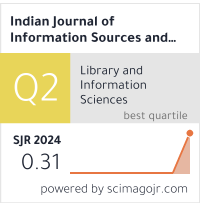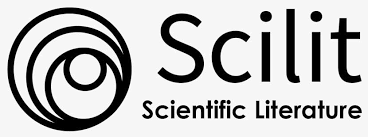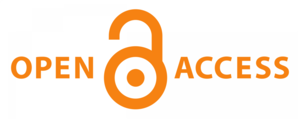Integrated Framework for the Implementation of Visual Programming Language in Science Experiment for Secondary School
DOI:
https://doi.org/10.51983/ijiss-2024.14.3.07Keywords:
Visual Programming Languages, Perceptions, Science Experiment, Integrated FrameworkAbstract
This study explores the integration of visual programming language in science experiments. The study employs a quasi-experimental design with a one-group pretest-posttest-only design. It examines the perceptions of the students before and after the integration. The experiment also investigates whether visual programming language can be integrated into science experiments or how it can be better integrated into the curriculum. The results indicate that teaching tools, learning outcomes, module design, and teaching approaches as factors that influence the acceptance and implementation of visual programming language in science experiments. Further refinement identified teaching tools, module design and teaching approaches as the core factors of an integrated framework that will help teachers to design the lessons in different levels and conditions. Teachers can use this framework to design their own modules and teaching practices. The framework can also be used in developing teacher preparation programs, as well as STEM education.
Downloads
Published
How to Cite
Issue
Section
License
Copyright (c) 2024 The Research Publication

This work is licensed under a Creative Commons Attribution-NonCommercial-NoDerivatives 4.0 International License.









